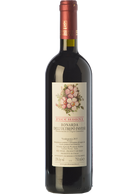Croatina
According to some, perhaps due to the spicy aromas, it is the "Italian Syrah". Yet Croatina, a typical red grape from Northern Italy, has characteristics all its own, which go beyond the predictable variety of the grape which have relegated it for too long to the role of Cinderella compared to the more noble cousins. Firstly, which area are we talking about? Croatina is considered typical in mainly three areas. The first is Oltrepò Pavese. Here it competes, or is found in its single varietal wine, in the classic blends of Bonarda and Buttafuoco. Indeed, in the general direction that lately has been leading to the qualitative recovery of this grape, Croatina in a single variety wine, is often the distinguishing feature of the best Bonarda and Buttafuoco.

Castello di Luzzano Bonarda Vivace Sommossa 2022
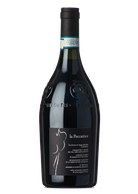



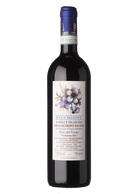
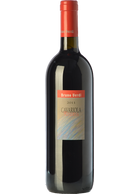


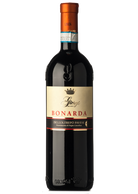
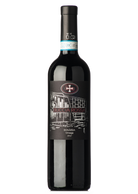
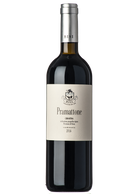

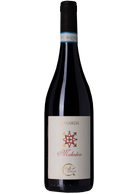
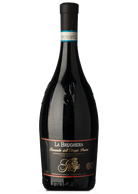

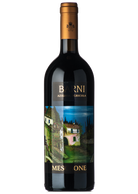
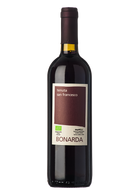
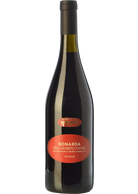
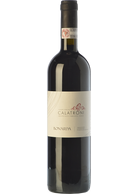
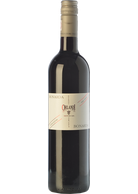
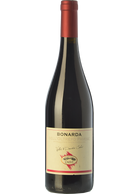
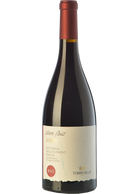
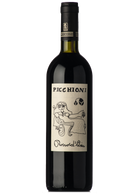

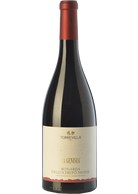
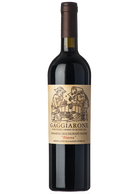
Croatina
According to some, perhaps due to the spicy aromas, it is the "Italian Syrah". Yet Croatina, a typical red grape from Northern Italy, has characteristics all its own, which go beyond the predictable variety of the grape which have relegated it for too long to the role of Cinderella compared to the more noble cousins. Firstly, which area are we talking about? Croatina is considered typical in mainly three areas. The first is Oltrepò Pavese. Here it competes, or is found in its single varietal wine, in the classic blends of Bonarda and Buttafuoco. Indeed, in the general direction that lately has been leading to the qualitative recovery of this grape, Croatina in a single variety wine, is often the distinguishing feature of the best Bonarda and Buttafuoco.
Then there is that area between Piedmont and Lombardy, also historically linked to Milan, which are the Colli Tortonesi. An area in geographical continuity with Oltrepò, and therefore a natural setting to host, in addition to Barbera and Timorasso, Croatina too. The same can be said of the Colli Piacentini, where the grape variety is present in the typical wines of the area, quite similar to those of Pavia. Finally, upper Piedmont. That is, the area of Gattinara, Boca and Bramaterra. A volcanic area where Croatina expresses itself with rigour and verticality.
What do these "Croatinas" have in common? In a word, a story of subordination. In no area, except occasionally Oltrepò, does Croatina have a history of single-variety winemaking. This is because it is considered, not without a hint of truth, a hard, angular grape variety, with sharp tannins and a non-elegant structure, Croatina is actually a grape that you need to know how to cultivate and vinify. Traditionally vinified together with grapes that were supposed to soften it, and usually vinified sparkling to facilitate its drinking, Croatina is instead benefiting from the most recent cultivation and winemaking techniques. And has revealed itself to be a wine of surprising roundness and wonderful longevity.
It is no coincidence that, today, Croatina boasts among its flag-bearers the best winemakers from Pavia, Tortona and Piedmont. And there must have been a reason if its name probably derives from the "cravattina" (little tie) was worn on holidays, when it was customary to consume exceptional wines. And, after all, Croatina’s journey is very long. Not only territorial, but also over time. It is in fact documented in Rovescala, in Oltrepò Pavese, since 1192 with the name of Bonarda. Since then it has been the symbol of Lombard tables. A journey, certainly, to be continued.
